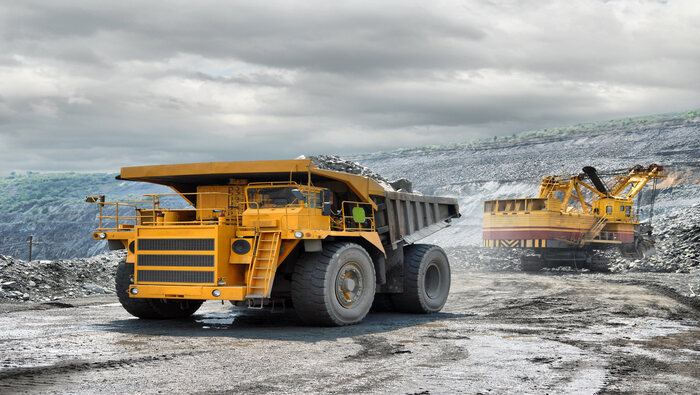This year has been marked with closures of steel furnaces which have adversely affected coal tar production in some countries. Most notably, US steel producers which have been struggling against steel imports have cut hot metal production. US Steel Granite City Works and AK Steel which idled its Ashland blast furnace, are the latest steel producers falling victims to the weak market.
The consequent decline in US coal tar production, however, is being outweighed by falling coal tar demand from the closures and curtailments of Koppers distillation operations. Koppers permanently closed operations at Follansbee, idled one of two distillation units at Stickney at the end of 2015, and discontinued operations at Clairton in mid 2016. The curtailment of US aluminium smelters in H1 2016 forced Koppers to shift production to other plants located in both Europe and USA.
Coal tar availability in the US has therefore improved as its domestic production has exceeded the demand from the aluminium, graphite and other coal tar pitch end-use sectors. CRU expects the volume of coal tar available in the US to rise to 210,000t in 2016, up by 61.5% year-on-year. Canada, on the other hand, is short on coal tar as its domestic production is unable to meet the demand from the aluminium, graphite and other coal tar pitch end-use sectors. This deficit is expected to grow to 165,000t, up by 4.3% year-on-year in 2016, primarily based on growth in demand from the aluminium industry.
Overall, North American coal tar availability is set to rise by 61,000t to 109,000t, between 2015 and 2016. Improved tar availability has become a key talking point in the current round of H2 2016 coal tar pitch price negotiations in North America and indications are that US coal tar prices are under downward pressure.
On the other side of the hemisphere, coal tar supply-demand dynamics have been changing as well. In China, coke ovens have been operating at lower utilisation rates due to reduced steel production. Environmental pressures have further lowered production at coking plants. Wuhan Iron and Steel's Wugang plant has been closed for the past three months. Chinese coking plants' utilisation rates have fallen from about 66% in March 2016 to about 50% in August 2016. Chinese coal tar production is expected to fall by 555,000t year-on-year to 13.3M tonnes in 2016 on levels in 2015. By contrast, Chinese coal tar demand from the aluminium, graphite and other coal tar pitch end-use sectors is set to grow by 186,000t to 7.3M tonnes over the same period. On the other side of the hemisphere, coal tar supply-demand dynamics have been changing as well. In China, coke ovens have been operating at lower utilisation rates due to reduced steel production. Environmental pressures have further lowered production at coking plants. Wuhan Iron and Steel's Wugang plant has been closed for the past three months. Chinese coking plants' utilisation rates have fallen from about 66% in March 2016 to about 50% in August 2016. Chinese coal tar production is expected to fall by 555,000t year-on-year to 13.3M tonnes in 2016 on levels in 2015. By contrast, Chinese coal tar demand from the aluminium, graphite and other coal tar pitch end-use sectors is set to grow by 186,000t to 7.3M tonnes over the same period. The coal tar available for use in the napthalene, creosote, carbon black, fuel and other industries has therefore fallen by 742,000t year-on-year to 6.0Mt this year.
Earlier in 2016, the Chinese real estate and construction sector received a boost after the government delivered a stimulus package, via the removal of taxes on property sales. Napthalene, which is used in the construction sector, saw a sharp increase in domestic price, rising to RMB4,150/t ($637/t) ex-works in May 2016, its highest level since April 2015. Chinese coal tar producers were able to capitalise on higher napthalene prices in the tightening coal tar market and coal tar prices also spiked to RMB1,850/t ($284/t) ex-works in May.
Since then, napthalene prices have eased, falling to RMB3,400/t ($509/t) ex-works in July 2016, which precipitated the return of coal tar prices to RMB1,510/t ($226/t) ex-works in July. But concerns remain around Chinese coal tar availability going forward. It is a burgeoning concern for both domestic and international coal tar pitch buyers. Internationally, Middle Eastern and Russian buyers are the most exposed.
Chinese aluminium capacity projects and restarts of idled capacity are set to ramp up next year while crude steel production in China is expected to contract by 1.0% year-on-year in 2017. A further tightening of the Chinese coal tar market does not bode well for buyers. The converse is expected for the US market in 2017 due to falling coal tar demand. Other countries as well, namely India, Japan, Russia, South Korea and Spain are expected see changing coal tar supply-demand which may have implications for coal tar prices going forward. For more on country and regional coal tar supply and demand analysis, CRU Carbon Products Market Outlook will be published in November 2016.

















